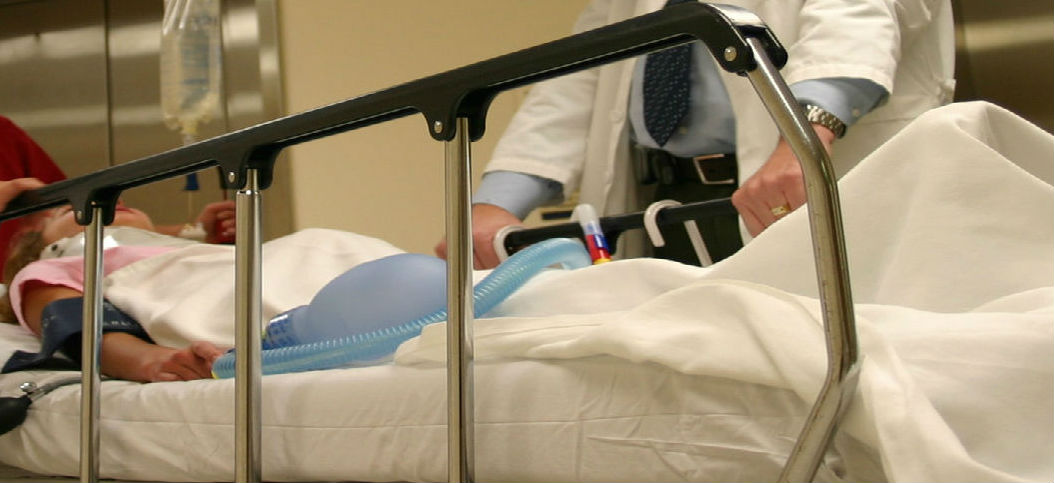
The rate of drug errors for pediatric hospital patients is much higher than for adult hospital patients. There is now a plan for limiting serious medicine mistakes when children are treated in hospital emergency rooms.
In March 2018, the American Academy of Pediatrics (AAP) outlined the heightened risks young patients in emergency rooms face for suffering from medication errors and guidelines for minimizing them.
Emergency room medical care often requires fast and multi-faceted decisions. Children treated in a hospital ER may be suffering from a variety of existing conditions and therefore be on several medications. If emergency room medical staff does not proactively and properly screen young patients, this vital information will be missed.
Children pose unique medication dosage challenges. Many prescription drugs don’t come in pediatric dosages so physicians or pharmacists must make corrective calculations. If the dosage formula is incorrect, a young patient may be given a potentially harmful amount of the correct drug.
And children largely are brought into the closest ER, not necessarily the ER of a children’s hospital, which have more experience in treating young patients.
So what can be done to reduce serious drug errors suffered by children treated in emergency rooms?
Common Medication Mistakes in Pediatric Care
According to the AAP, hospitals should create standard drug formularies for adolescent patients. This tool could eliminate many of the factors that contribute to medication mistakes in children, including:
· Using children’s weight in pounds rather than the standard kilograms
· Making other wrong calculations when converting to children’s dosage
These child-specific formularies would cover commonly prescribed medicines that can pose serious harm to children if not administered correctly, like narcotics and some antibiotics.
Faster Access to Pharmacists During ER Treatment
The AAP suggests having pharmacists dedicated to emergency room treatment. Pharmacists readily available for consult with ER doctors – whether on site or via electronic communications – can help reduce wrong dosage or wrong drug mistakes for ER patients.
The new guidelines also call for better training on pediatric medication issues, not only to pharmacists but to all ER medical providers. Other safety measures focus on the drug administration phase, such as using automatic drug dispensers that provide medicines in ready-made child-size dosages.
Children being treated in hospital emergency rooms may face serious health challenges. Parents should not have to worry about preventable drug errors that put their sons and daughters in even more peril.
If your child or any loved one was treated in a hospital and you believe serious mistakes were made during their care, consult a medical malpractice attorney to review your experience.
The choice of a lawyer is an important decision that should not be based solely on advertisements.
Authored by Gray Ritter Graham, posted in Blog May 8, 2018

 RSS Feed
RSS Feed